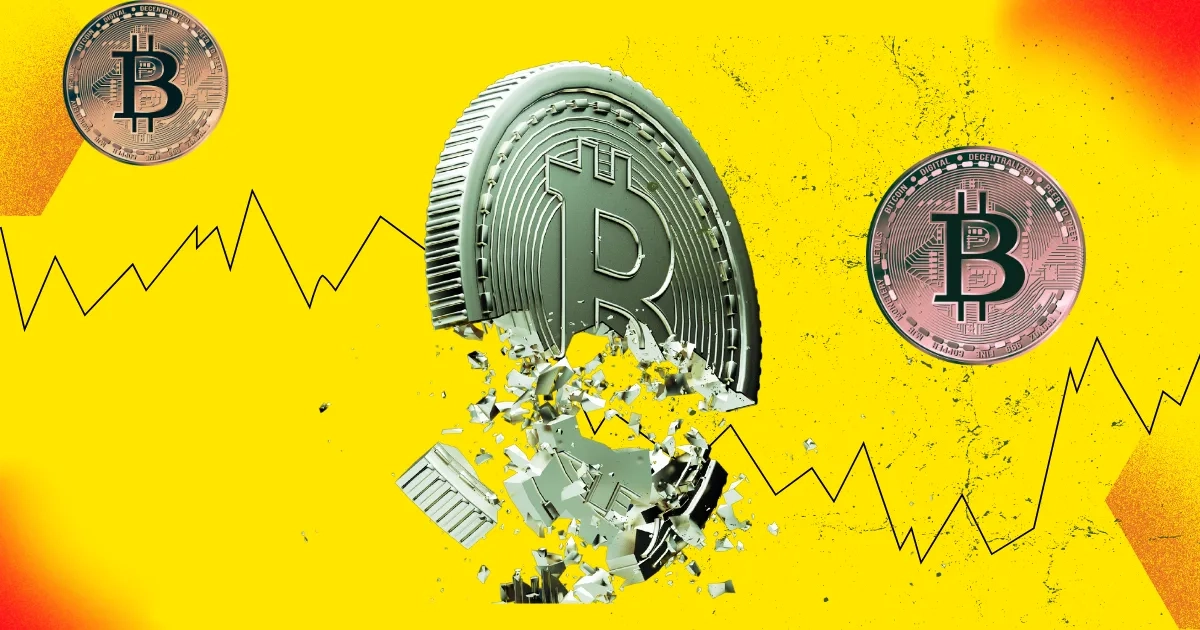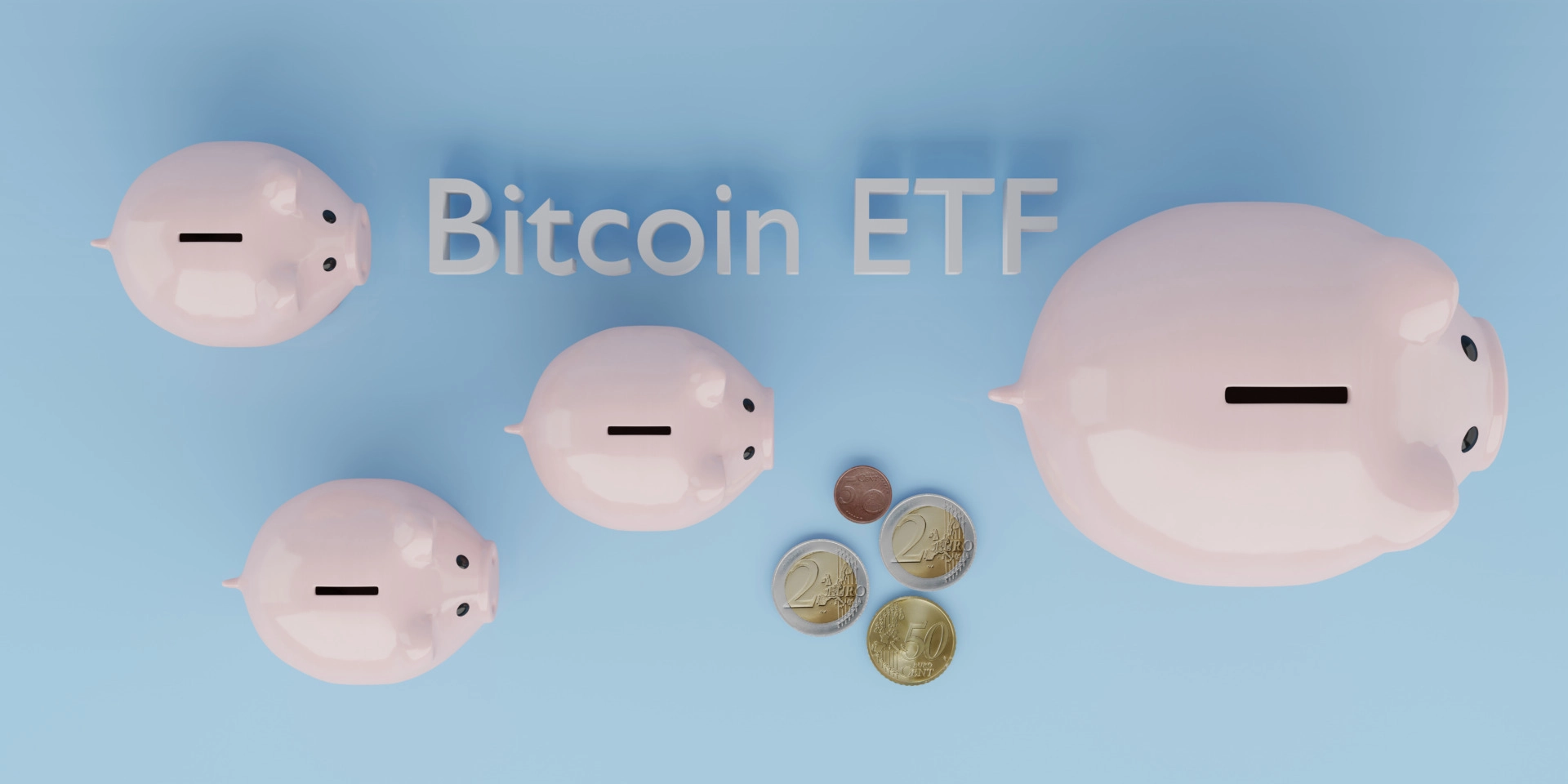EUR/USD finds resistance around 1.0500 after rebounding from two-year lows
- EUR/USD rebounds from a two-year low of 1.0332 as the US Dollar retreats after hitting two-year highs on Friday.
- US Dollar may appreciate as recent US PMI data strengthen odds of the Fed slowing the pace of rate cuts.
- The Euro faced challenges as recent HCOB PMI data highlighted continued weakness in Eurozone business activity.
EUR/USD recovers from its two-year low of 1.0332, recorded on Friday, trading near 1.0480 during Monday's Asian session. This rebound can be linked to a correction in the US Dollar (USD), despite robust preliminary S&P Global US Purchasing Managers’ Index (PMI) data released in the prior session.
Meanwhile, the US Dollar Index (DXY), which tracks the US Dollar's performance against six major currencies, has eased to around 107.00 after hitting a two-year high of 108.07 on Friday. However, downside risks for the USD remain limited, as recent economic data has strengthened expectations that the Federal Reserve (Fed) may slow the pace of rate cuts.
The S&P Global US Composite PMI climbed to 55.3 in November, indicating the strongest growth in private sector activity since April 2022. The US Services PMI surged to 57.0, up from 55.0 in October and significantly exceeding market expectations of 55.2, marking the sharpest expansion in the services sector since March 2022. Meanwhile, the US Manufacturing PMI edged higher to 48.8 from 48.5 in October, aligning with market forecasts.
The Euro came under pressure after PMI data highlighted continued weakness in Eurozone business activity. The HCOB Flash Eurozone Composite PMI fell sharply to 48.1 in November, down from 50.0 in October and well below expectations of 50.0. This decline reflects a contraction in the services sector for the first time in ten months, coupled with a persistent downturn in manufacturing.
On Thursday, European Central Bank (ECB) Chief Economist Philip Lane cautioned that a potential global trade war, driven by the expected implementation of President-elect Donald Trump’s higher tariffs, could lead to significant global economic losses. "Trade fragmentation entails sizeable output losses," Lane emphasized.
Following the weaker-than-expected Eurozone PMI data, the likelihood of an aggressive rate cut by the ECB has surged. Market expectations for a 50-basis-point (bps) reduction in the Deposit Facility Rate, bringing it down to 2.75%, have risen to over 50%, compared to less than 20% before the PMI data release.
(This story was corrected on November 25 at 09:20 GMT to say, in the last paragraph, that "bringing Deposit Facility Rate down to 2.75%," not 2.50%.)
Euro FAQs
The Euro is the currency for the 19 European Union countries that belong to the Eurozone. It is the second most heavily traded currency in the world behind the US Dollar. In 2022, it accounted for 31% of all foreign exchange transactions, with an average daily turnover of over $2.2 trillion a day. EUR/USD is the most heavily traded currency pair in the world, accounting for an estimated 30% off all transactions, followed by EUR/JPY (4%), EUR/GBP (3%) and EUR/AUD (2%).
The European Central Bank (ECB) in Frankfurt, Germany, is the reserve bank for the Eurozone. The ECB sets interest rates and manages monetary policy. The ECB’s primary mandate is to maintain price stability, which means either controlling inflation or stimulating growth. Its primary tool is the raising or lowering of interest rates. Relatively high interest rates – or the expectation of higher rates – will usually benefit the Euro and vice versa. The ECB Governing Council makes monetary policy decisions at meetings held eight times a year. Decisions are made by heads of the Eurozone national banks and six permanent members, including the President of the ECB, Christine Lagarde.
Eurozone inflation data, measured by the Harmonized Index of Consumer Prices (HICP), is an important econometric for the Euro. If inflation rises more than expected, especially if above the ECB’s 2% target, it obliges the ECB to raise interest rates to bring it back under control. Relatively high interest rates compared to its counterparts will usually benefit the Euro, as it makes the region more attractive as a place for global investors to park their money.
Data releases gauge the health of the economy and can impact on the Euro. Indicators such as GDP, Manufacturing and Services PMIs, employment, and consumer sentiment surveys can all influence the direction of the single currency. A strong economy is good for the Euro. Not only does it attract more foreign investment but it may encourage the ECB to put up interest rates, which will directly strengthen the Euro. Otherwise, if economic data is weak, the Euro is likely to fall. Economic data for the four largest economies in the euro area (Germany, France, Italy and Spain) are especially significant, as they account for 75% of the Eurozone’s economy.
Another significant data release for the Euro is the Trade Balance. This indicator measures the difference between what a country earns from its exports and what it spends on imports over a given period. If a country produces highly sought after exports then its currency will gain in value purely from the extra demand created from foreign buyers seeking to purchase these goods. Therefore, a positive net Trade Balance strengthens a currency and vice versa for a negative balance.
Information on these pages contains forward-looking statements that involve risks and uncertainties. Markets and instruments profiled on this page are for informational purposes only and should not in any way come across as a recommendation to buy or sell in these assets. You should do your own thorough research before making any investment decisions. FXStreet does not in any way guarantee that this information is free from mistakes, errors, or material misstatements. It also does not guarantee that this information is of a timely nature. Investing in Open Markets involves a great deal of risk, including the loss of all or a portion of your investment, as well as emotional distress. All risks, losses and costs associated with investing, including total loss of principal, are your responsibility. The views and opinions expressed in this article are those of the authors and do not necessarily reflect the official policy or position of FXStreet nor its advertisers. The author will not be held responsible for information that is found at the end of links posted on this page.
If not otherwise explicitly mentioned in the body of the article, at the time of writing, the author has no position in any stock mentioned in this article and no business relationship with any company mentioned. The author has not received compensation for writing this article, other than from FXStreet.
FXStreet and the author do not provide personalized recommendations. The author makes no representations as to the accuracy, completeness, or suitability of this information. FXStreet and the author will not be liable for any errors, omissions or any losses, injuries or damages arising from this information and its display or use. Errors and omissions excepted.
The author and FXStreet are not registered investment advisors and nothing in this article is intended to be investment advice.


